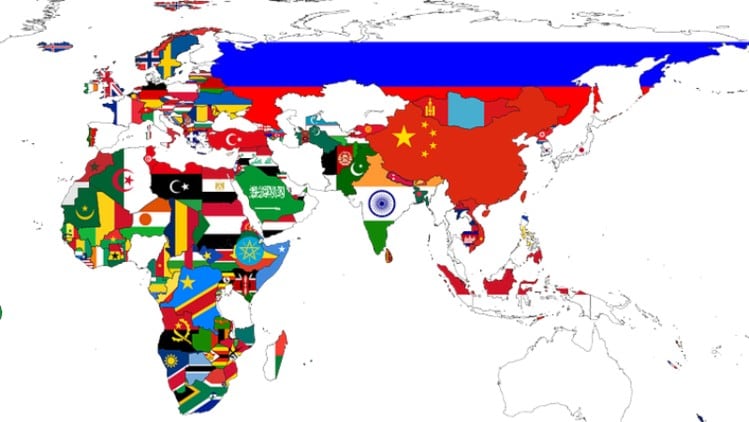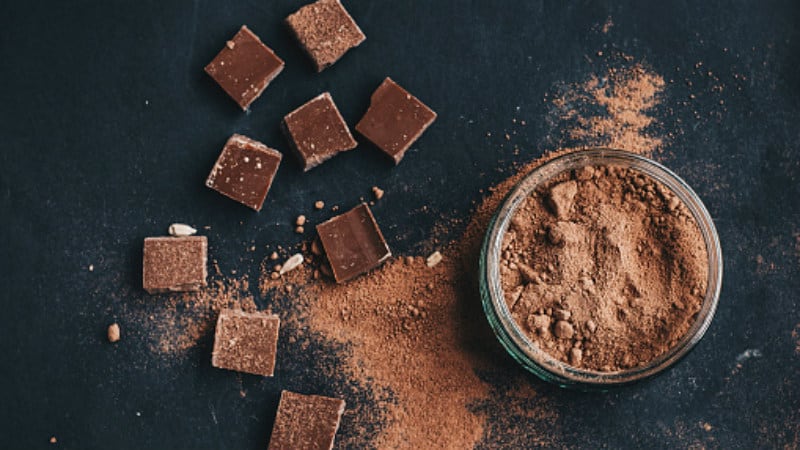According to the Gulfood Global Industry Outlook Report 2019 by Euromonitor, this was attributed to the strong manufacturing and export-led economies in China and India, as well as overall private consumption growth.
“Asia Pacific is set to become the world’s biggest consumer of F&B by 2030, [and is] the go-to region of the future for packaged F&B players,” stated the report.
“Countries such as China and India play an eminent role in terms of demand and consumption, with the rapid urbanisation, evolving lifestyle and rising number of working women resulting in a greater demand prospects and favourable growth projections.
The predicted growth for every food and beverage market (with the exception of seafood which is expected to decline by 1.2%) in Asia Pacific showed healthy growth estimates from 2018 to 2023, especially in Fats and Oils (8.3% growth), Dairy (4.4%) and Pulses, Grains and Cereals (3.7%).
Other markets were Beverages (2.7%), Poultry (2.3%), Cooking Ingredients (3.3%) and Confectionary, Snacks and Ready-To-Eat (3.5%).
Major food and beverage markets
In the Fats and Oils market, Asia Pacific stood head and shoulders above all the other regions in terms of growth at 8.3%, far above its closest competing region, the Middle East (3.4%).
As of 2018, the total global market value of this market was worth US$95.7bn – of this, India and China alone took up some 52%. The market is expected to reach US$126.4bn by 2023.
“[India is the largest market for Fats and Oils, and] urban Indian consumers are increasingly becoming health aware and slowly shifting to healthier edible oil categories, including olive oil and rapeseed oil,” said the report.
India was also the front runner for growth in the worldwide dairy industry, and is also expected to show the highest rate of growth globally between 2018 and 2023. This has been attributed to increased rates of fresh milk consumption and flavoured milk innovations in the country.
Significantly, several key trends have emerged within the dairy industry. One of these was health and wellness, which has manifested in the form of multiple new product launches focusing on high protein, lower lactose and all-natural aspects on their front packs.
“[Additionally, there has been] increasing preference for plant-based [dairy] alternatives,” said the authors.
“Feeding into veganism, which is said to be the biggest lifestyle movement of the 21st century, are products based on an ever-increasing number of alternative ingredients. Almond drinks and soy milk are increasingly joined by macadamia, walnut, cashew and oats alternatives.”
Another significant trend in dairy was sustainability, which was said to play an ‘ever-increasing’ role in purchasing decisions.
“Many consumers are convinced that sustainable production constitutes to the health benefi ts of a product, making it more ‘natural’ and ‘clean’. This has fuelled demand for organic products in many countries in [Asia].”
Also of note was the finding that Chinese companies occupied top spots on the global dairy market share list, with the Inner Mongolia Yili Industrial Group coming in third (2.91% market share) and China Mengniu Dairy fourth (2.76%).
The top spots worldwide went to Danone (4.60%) and Lactalis (4.01%).
The decline of seafood
In contrast with the situation in all other regions globally, growth in the seafood market in Asia Pacific has been predicted to decline further (-1.2%) over the next five years, in addition to a -0.6% decline over the previous five years.
“[This was] mainly due to declining sales of chilled processed seafood in Japan, the largest market in the region,” said the authors.
Asia Research and Engagements predicted a similar trend last year, stating that: “[Fish] consumption [in Japan] has steadily declined […] from nearly 70% of total animal protein consumption (including animal-derived products such as dairy and eggs) in the early 1960s to about 38% in 2014.”
That said, Asia Pacific still remained the largest seafood market globally in 2018, worth US$33.6 billion.





